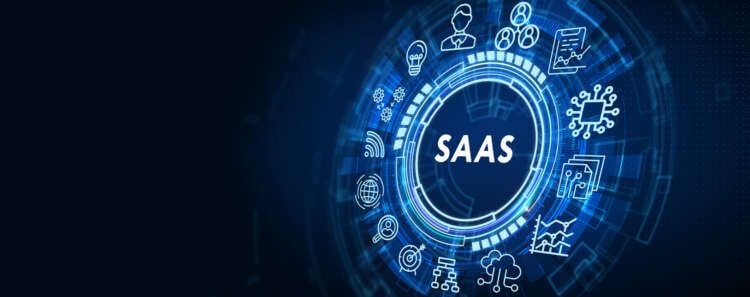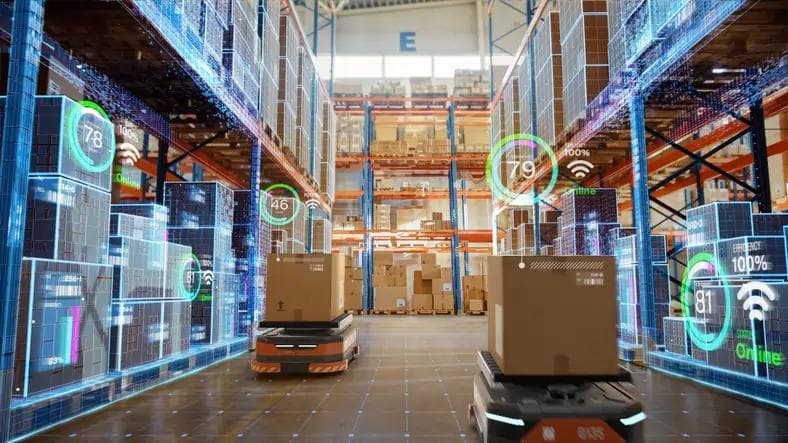A SaaS Solution to Keep Your SaaS Business Running
A SaaS Solution to Keep Your SaaS Business Running
Published by Jessica Weisman-Pitts
Posted on October 7, 2022

Published by Jessica Weisman-Pitts
Posted on October 7, 2022

By: George Thangadurai, CEO, HEAL Software Inc.
Marc Andreessen wrote the popular op-ed “Why Software is Eating the World” in 2011. His written words became a very real prediction of what we are seeing today. Software as a service (SaaS) has become the pre-eminent software delivery and access method for software companies ranging from CRM to video conferencing to e-commerce. Gartner forecasts the SaaS market to continue to expand to $145B in 2022. Consumers and businesses not only have become accustomed to, but also expect SaaS-based solutions, and even more so in today’s post-COVID world when access from anywhere on any device has become a necessity. This new deployment model allows features to be rolled out at an unparalleled velocity, paving the way for continuous innovation, sustainable competitive advantages and in some cases barriers to imitation.
SaaS solutions have propelled valuations for many tech companies based on metrics such as annual recurring revenue (ARR), revenue growth, churn and unit economics. It has also paved the path for companies that provide a SaaS-based solution for non-tech domain to break into a higher valuation podium. Customers expect very high service level experiences from SaaS solutions, and it is not uncommon to see 99.99% or higher of service level agreements (SLAs) with clearly defined penalties if the company’s offering falls short. High customer acquisition costs have also become the norm in this hyper-competitive market. To make matters worse, switching costs for users are vastly lower, which put more pressure on retention efforts. SaaS companies must balance acquiring customers and continuing growth while simultaneously growing brand equity to ensure high-quality service and control costs.
Key features of SaaS Solutions
SaaS solutions typically feature multi-tenancy, automated provisioning, single sign-on, subscription-based billing, data security, application security and audit capabilities. Moreover, they are built on an elastic infrastructure that provides high availability.
SaaS solutions run either all on the cloud or on a mix of private cloud/on-prem and one or more public clouds to burst and to serve various geographic regions. With the growing prevalence and dependence on application programming interfaces (APIs), developers increasingly leverage numerous third-party tools and solutions that are readily available in the cloud. DevOps teams can make use of virtualized environments that allow for instant auto-scaling. However, ITOps teams are chartered with providing solution availability at all times, irrespective of workload fluctuations, while keeping within very tight budgets.
While the focus is often on SaaS offering and features, the operations teams are tasked with making sure the service is up and running 24×7. ITOps and site reliability engineers (SREs) have generally been in the hot seat, especially if they are responsible for smooth operations in SaaS companies. To meet the demands placed on them, the ITOps teams need end-to-end visibility and good control over the rapidly evolving application functionality and the infrastructure elements. It is nearly impossible for human administrators to do this manually. Thankfully, the modern AIOps paradigm has the ability and the chops to augment ITOps teams and make them successful. When interfacing and aligning with DevOps teams, the ITOps teams must ensure features and bug fixes that traverse through various stages (development, test and production) in today’s agile development framework – most common among SaaS services – are rolled out without any glitch.
SaaS businesses prefer to use solutions that are also deployed as SaaS and this is especially applicable to AIOps tools. An AIOps solution deployed as SaaS has to have these functionalities and features to ensure that a company’s SaaS offering can serve its user performance and scale needs:
Observability: It is critical to monitor the application and the associated infrastructure elements. Modern AIOps solutions can leverage existing monitoring and alert data through connectors, including logs. This is key when many cloud providers deliver certain basic metrics already. However, in many environments, there is a need for installing an agent and monitoring metrics. Observability is the first step and benefit of AIOps in the journey to a superior SaaS offering.
Single pane of glass with end-to-end visibility: Though operations teams may work in silos at large enterprises, AIOps solutions can provide an end-to-end view across the entire infrastructure and application landscape including topology and highlight correlations that otherwise may not be apparent.
AI-based insights and analytics: AIOps tools can provide deep insights into the entire application and infrastructure ecosystem, however complex and dispersed they are. They can tease out seasonality, allowing the ITOps teams to focus on what matters most. If trained adequately, these tools can come up with early warnings and lead signals to prevent possible outages and anomalies. AIOps solutions augment what is physically and structurally difficult for humans to achieve – they can correlate across silos, metrics and alerts.
SaaS metrics and KPIs: SaaS companies expect the metrics and KPIs associated with all the tools they use to be consistent and align with what they report out to their users and customers. Therefore, the AIOps solution should also display and report these same or similar metrics.
RCA, solution recommendations and workflow automation: AIOp solutions not only predict potential problems, but also can identify root causes quickly and provide solution recommendations. Moreover, tight integrations with IT service management (ITSM) tools and automation can trigger the appropriate workflows. ITSM solutions from companies such as ServiceNow and Remedy have become the workhorses of the modern IT operations paradigm. SaaS businesses have some of the highest needs for automation. In addition, rapid rectification and remediation of a problem is necessary for the upkeep of the entire IT environment.
Outcome: SaaS providers can realize tremendous value by implementing state-of-the-art AIOps solutions. After all, it is now possible to achieve negative or very small mean time to remediate (MTTR) and very large mean time between incidents (MTBI). Plus, having the ability to do very granular capacity planning means SaaS companies can confidently minimize cloud costs across the entire application and infrastructure landscape without impacting the ability to scale up or down as dictated by the business objectives.
ABOUT THE AUTHOR: George Thangadurai is CEO at Heal Software Inc., the innovator of the game-changing preventive healing software for enterprises known as HEAL, which fixes problems before they happen.
Explore more articles in the Business category











